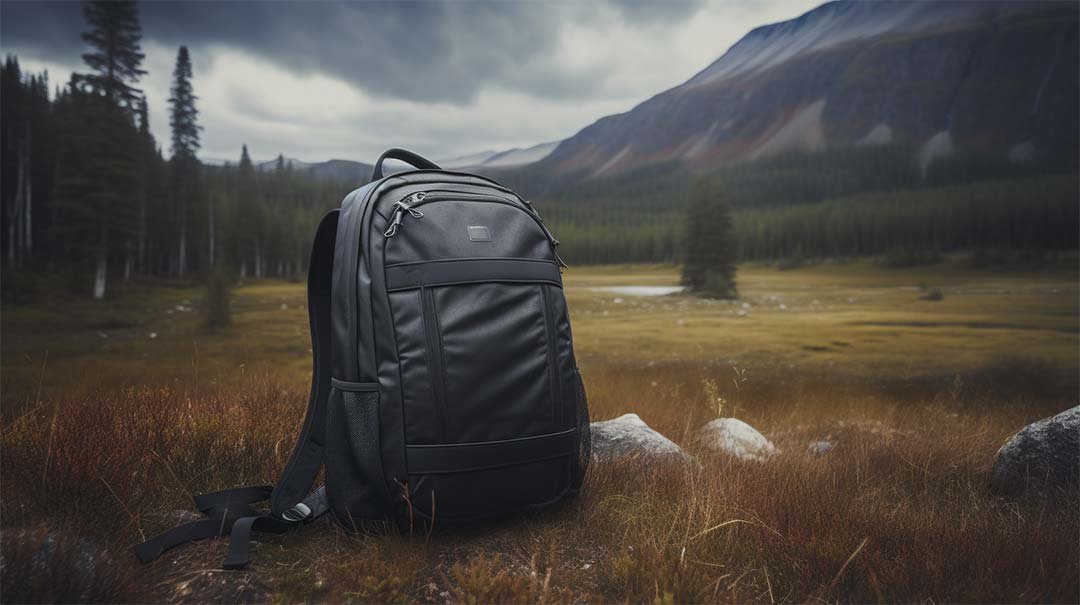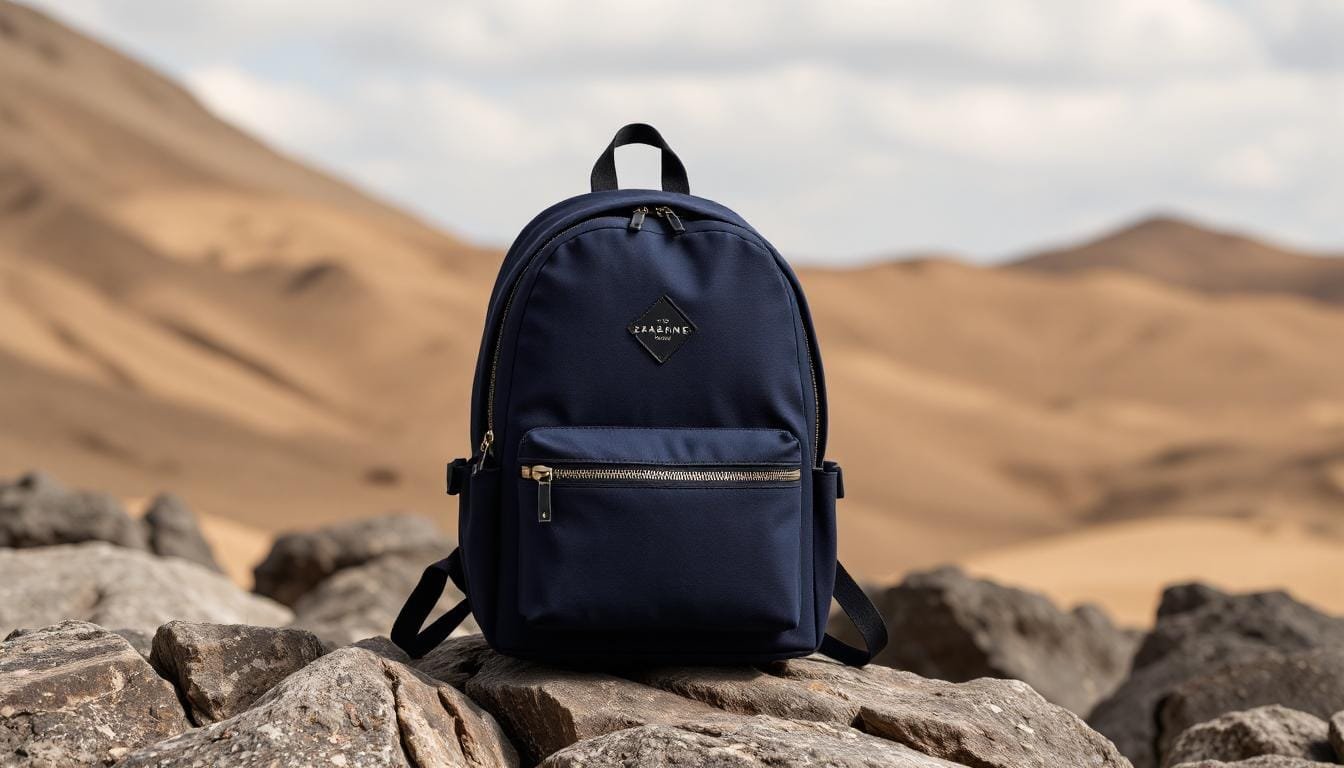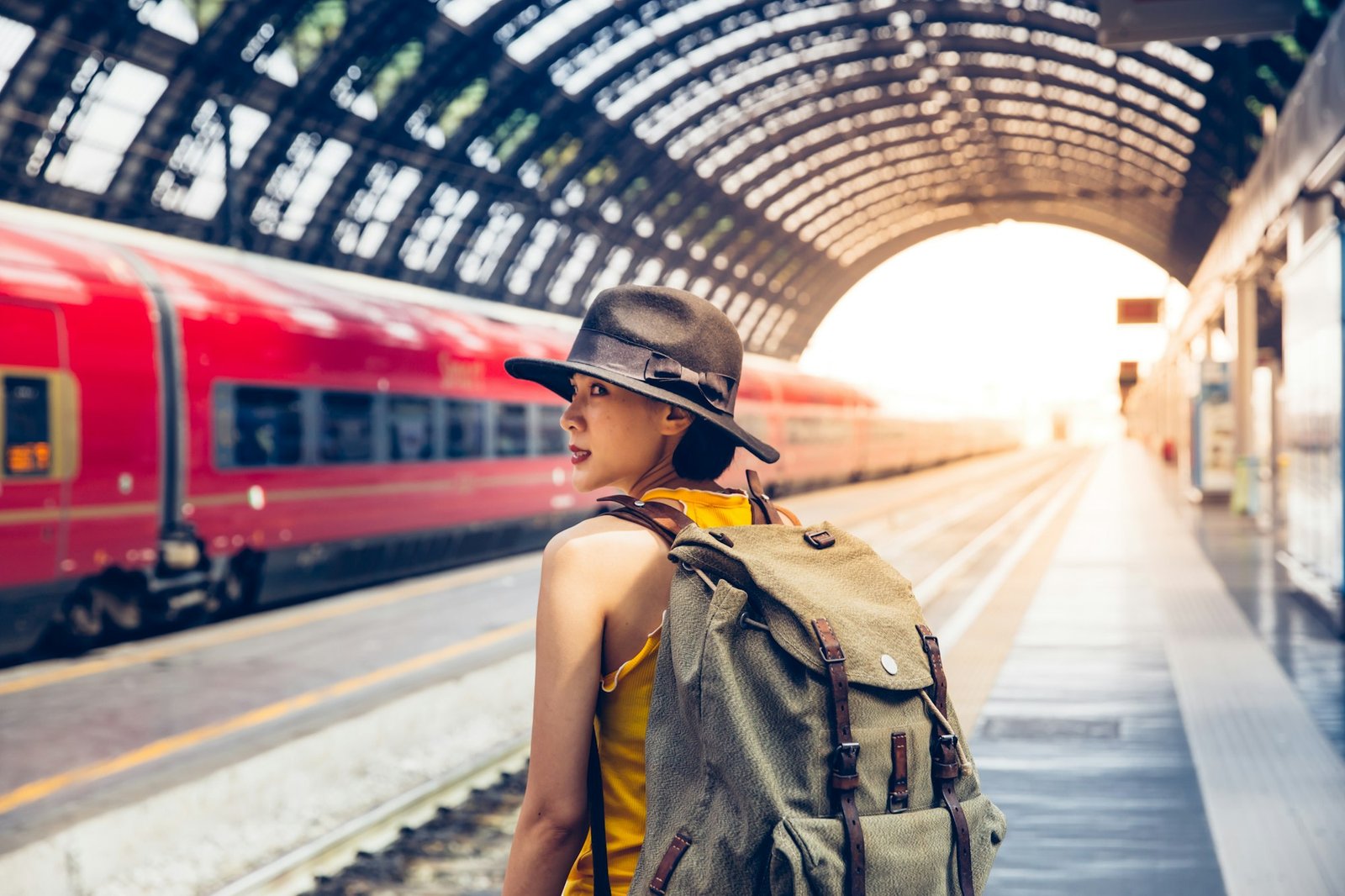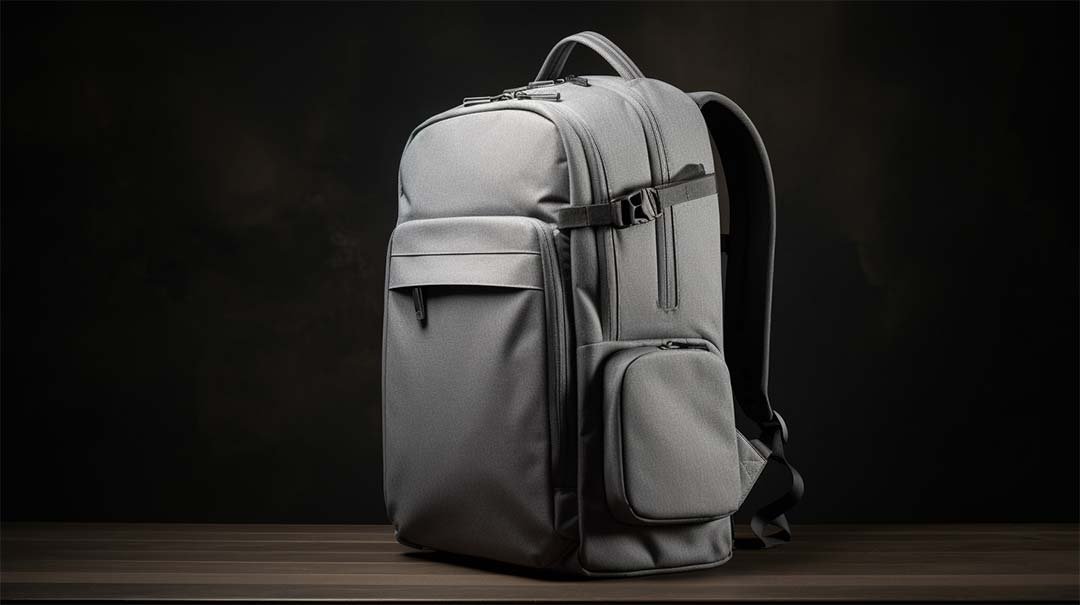Alright, let’s talk backpacks. You’re a purchasing manager like Andy, sourcing gear for dealers or your own brand. You know the struggle: balancing quality, cost, and functionality. Your customers need reliable packs for camping or hiking, but what size actually works? Too big, and they’re lugging dead weight. Too small, and they’re strapping tents to the outside like a chaotic Pinterest fail. Let’s fix that.
For most campers and hikers, a 50–70 liter backpack is the sweet spot. Weekend warriors? 50L does the trick. Multi-day trekkers? Bump it to 70L. Ultralight enthusiasts might squeeze into 40L, but let’s be real—most of us aren’t that minimalist (or masochistic).
Size isn’t just about capacity—it’s about not looking like a pack mule or a lost tourist. Here’s how to nail it.
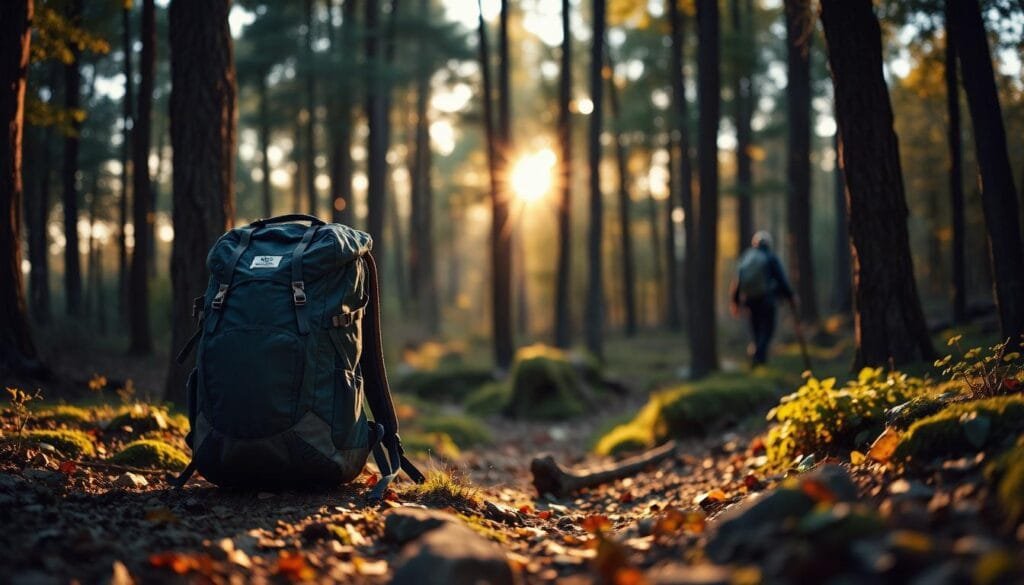
How Do You Match Backpack Size to Trip Length?
Short trips (1–3 nights): A 40–50 liter backpack is plenty. You’re not hauling a kitchen sink.
Week-long adventures: 60–70 liters keeps you sane. Yes, you can stuff a 50L, but you’ll hate yourself.
Extended expeditions (10+ days): 70L+ or a supplemental duffel. Unless you’re Bear Grylls, extra space is your friend.
Pro tip: Backpack weight matters too. A fully loaded 70L shouldn’t exceed 20% of your body weight.
What If Your Customers Are Ultralight Fanatics?
Oh, the ultralight crowd. They’ll cut their toothbrush in half to save grams. For them, 30–50 liters works—if they’re willing to sacrifice comfort. But most buyers? They want a balance.
Highlight features over size: compression straps, modular pockets, and load-bearing hip belts. A well-designed 50L can often replace a clunky 65L.
How Does Gender Affect Backpack Sizing?
Women-specific backpacks (shorter torso, narrower shoulders) aren’t just marketing fluff. A men’s 65L might feel like a tortoise shell on a petite frame. Brands like Osprey and Gregory nail this.
Unisex sizing? Possible, but risky. If you’re stocking one-size-fits-all, aim for adjustable torso lengths and convertible straps.
Can Kids Use Adult Backpacks?
Sure, if you want them to walk like Quasimodo. Kids’ packs should be <30L and never exceed 10% of their body weight (source: American Hiking Society).
For family-oriented buyers, push colorful, durable mini-packs—parents love ’em.
What’s the #1 Backpack Sizing Mistake?
Overpacking. Always. Even a 100L backpack won’t fix poor planning. Teach your customers the “roll, don’t fold” rule and weight distribution basics.
FAQs
- Q: Can I use a hiking backpack for travel?
A: Absolutely! Just avoid checked baggage fees—aim for 40L or smaller (most airlines’ carry-on limit). - Q: Are expensive backpacks worth it?
A: If they’re CE-certified and have lifetime warranties, yes. Cheap packs cost more in returns. - Q: How do I measure torso length?
A: Grab a tape measure: C7 vertebra to iliac crest. - Q: What’s the best material for durability?
A: Ripstop nylon or Cordura. Polyester? Only if you hate your customers. - Q: Do you offer custom sizing for bulk orders?
A: [Insert shameless plug] Heck yes! We tailor MOQ 500+ packs to your specs—colors, compartments, even hidden pockets for… ahem snacks.
Conclusion
Size matters, but so does smarts. Stock 50–70L for mainstream buyers, 30–50L for ultralight folks, and kid-sized for family appeal. And hey—if you’re sourcing, we’re here with fast samples and no-certification headaches. Let’s get packing.

